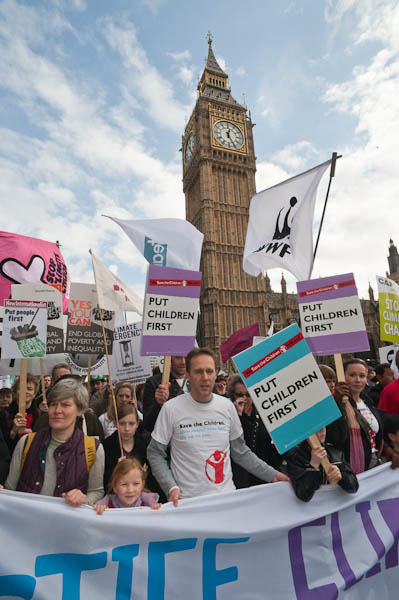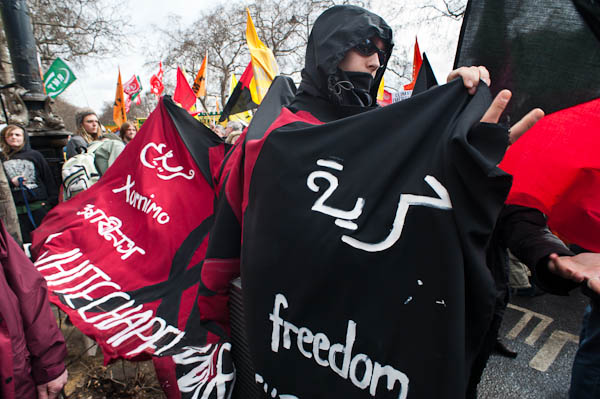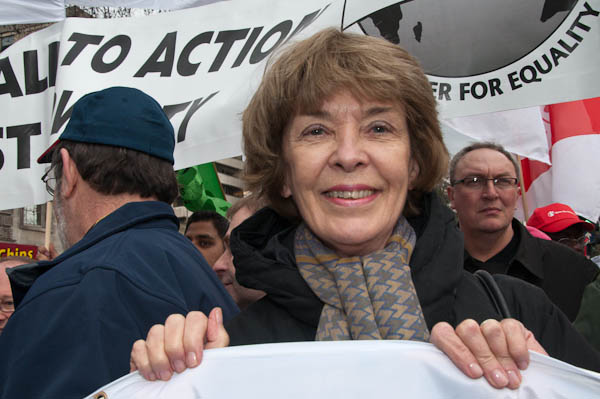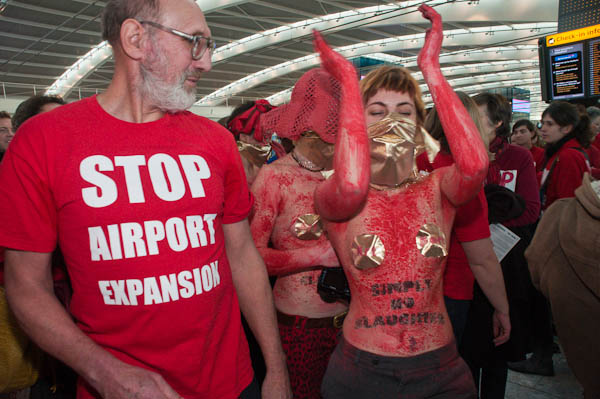I’ve written on various occasions over the years, here and elsewhere, about the cult of the vintage print. As a photographer I find it ridiculous that people might regard the prints that I made thirty years ago more valuable than the far superior prints that I might make from those same negatives now.
We all of course get older, and some may get wiser, and certainly for many of us our ideas change, hopefully gaining in depth and insight. While those old prints we made back then simply degrade, our ideas mature and we can add to the work when we make new prints. Valuing the older prints seldom makes sense.
Of course there may sometimes be aesthetic reasons for preferring the older work. In the immediate post-war period, Bill Brandt printed his work in an intense and moody fashion, at times because he was working for the block maker rather than the wall, knowing that a lower contrast and perhaps rather dull image was more suitable. He was working for the printed page rather than the print.
Later, as he aged, he turned to making much more contrasty prints, sometimes with very little in the mid-tone area. It was an age where the fashion was for high contrast high impact photography, particularly on the magazine page (though its arguable whether Brandt was a follower or helped to create this trend.)
Personally I loved the earlier dark and brooding versions of many of his pictures, far preferring those – for example in the first edition of his ‘Literary Britain’ to the later prints (yes, I do mean I prefer the book reproduction to the photographic prints.) The first edition is also in most respects preferable to the later publication – though each has its merits and I have both.
But my preference is nothing to do with one being older than the other – vintage as opposed to later. It’s all about the actual quality of the work, and it is a fairly rare occasion where the early work is better. I’ve often been shocked by the poor quality of some high-priced ‘vintage prints’ on dealers stands at shows like Paris Photo – often prints made as proofs or press prints or even apparently rescued from the photographer’s rubbish bin.
Usually later prints are better prints, not least because of the availability of more sophisticated printing methods. For many photographs – and a good example would be the work of Tony Ray Jones – the ability to produce high quality scans and to print from these rather than direct from the negatives has produced superior results, not least by allowing far more precision in the dodging and burning required to get the most out of the images.
And ten years ago we were bemoaning the demise of so many classic high-quality black and white photographic papers, not least the famed Cadmium-rich Agfa Record Rapid, which after its reformulation on health and safety grounds never had quite the same appeal. But now we have papers and inks that can match or outdo virtually everything that was available in the ‘golden age’ of silver printing.
I own several Tony Ray-Jones prints. One is something relatively rare, an exhibition print made by Ray-Jones himself (he hated printing and wasn’t good at it, though this is an acceptable attempt), the rest are modern inkjet prints. And they are better prints despite only costing a few pounds.
It was a piece I read a week or so ago by Mike Johnston on The Online Photographer that prompted me to write again about this subject. He finishes it with his thoughts on the subject that the should be only two things that matter about a photographic print; firstly whether it was made or approved by the photographer and secondly that it is a good print.I think I’d reduce that to one.



